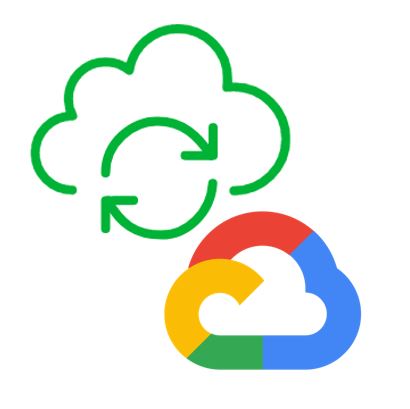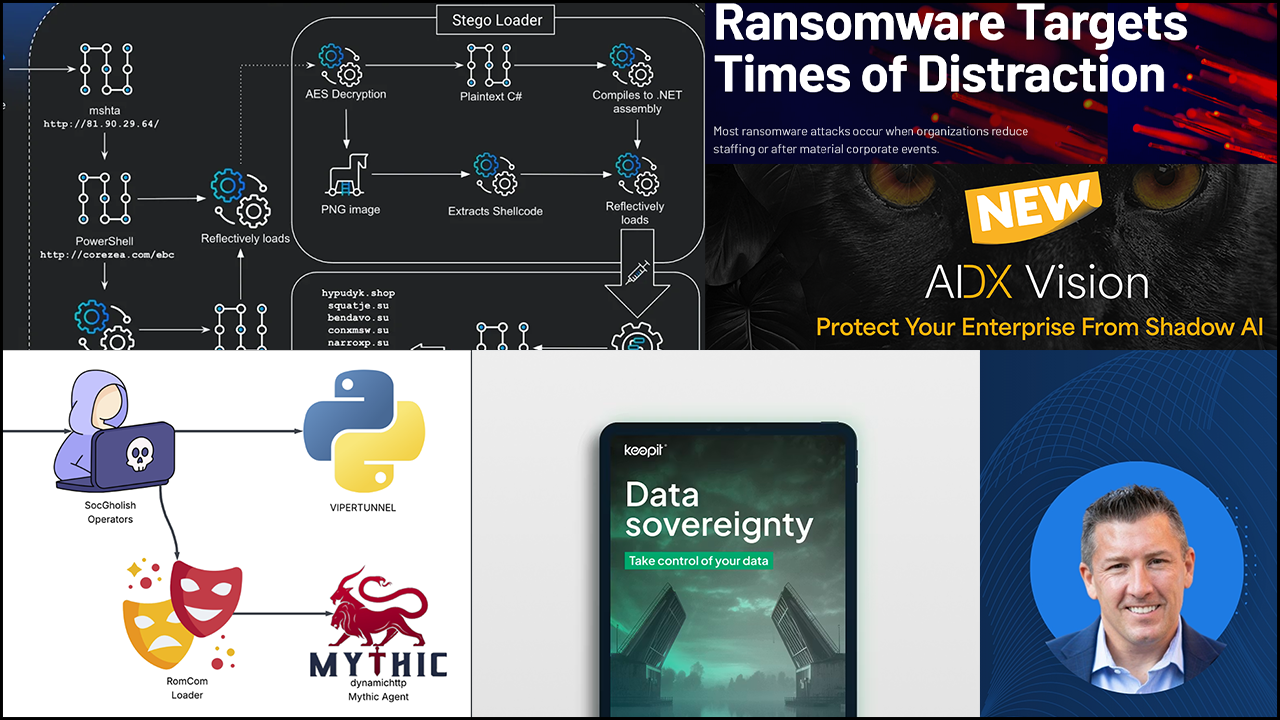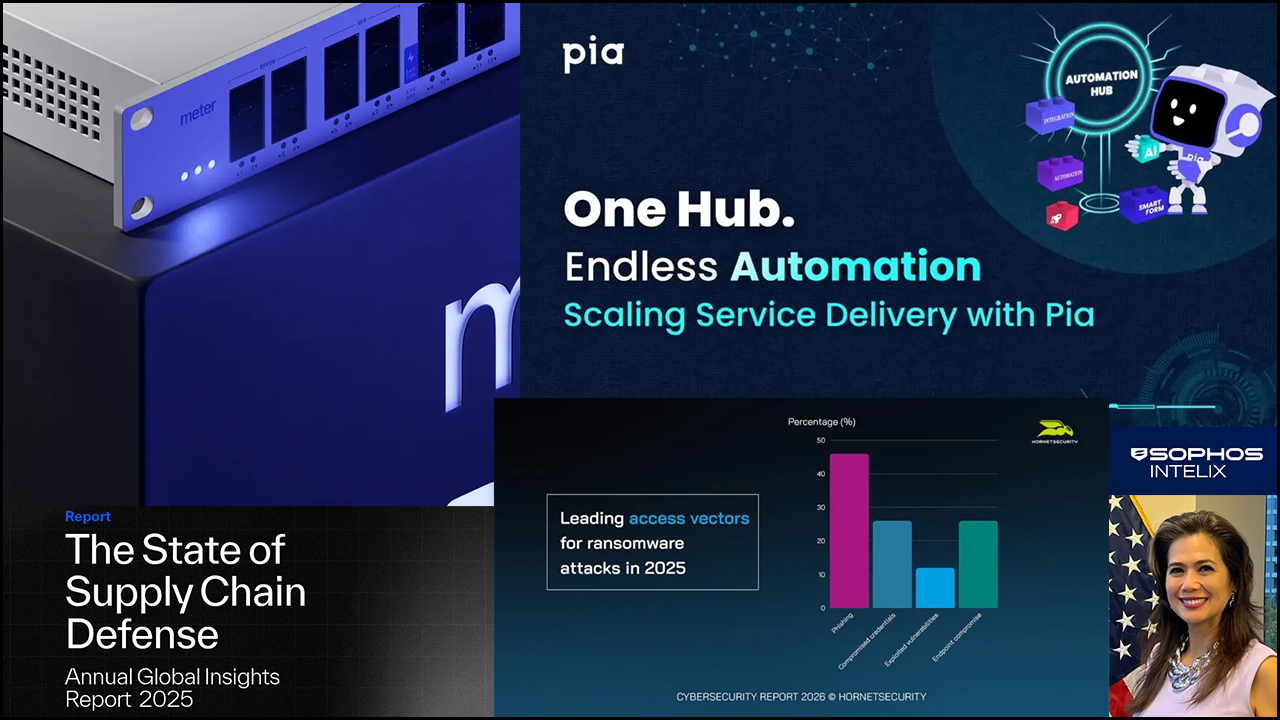Veeam has introduced its first backup solution for Google’s public cloud.
The new system, named Veeam Backup for Google Cloud’s Platform and previewed last October, joins existing solutions for Amazon Web Services and Microsoft Azure.
“We’ve always had a vision to have data protection for the three major leading hyperscale public clouds,” says Danny Allan, Veeam’s CTO and senior vice president of product strategy. “This is completing our journey.”
Sold through the Google Cloud Marketplace (as soon as Google officially lists the product there, which it’s expected to do as soon as today), Veeam Backup for Google Cloud’s Platform draws on native integration with Google APIs to protect any Google Cloud Platform infrastructure workload.
“It’s designed purpose-built for the Google environment,” Allan says.
Users can deploy the system in minutes, Veeam says, using a web-based interface and then quickly schedule policy-based automated snapshots with a flexible range of both comprehensive and file-level recovery options.
To help organizations forecast costs associated with their backup policies, the system includes a cost optimization tool that automatically projects storage, compute, and networking expenses for various backup configurations.
Security features in the solution include role-based access controls with multifactor authentication and the ability to isolate backup data from production data by storing snapshots in separate accounts and regions.
The system includes built-in support for hybrid environments combining onsite and online resources as well. “You can connect it with your on-premises deployment and move the backups on premises,” says Allan, noting that many businesses need to move backups out of a public cloud to meet regulatory compliance requirements.
Administrators can manage Google cloud backups, along with backups of their AWS, Azure, physical, and virtual assets, through the Veeam Backup & Replication management console. Veeam Backup & Replication, in turn, integrates with ConnectWise Automate, ConnectWise Manage, and other RMM and PSA platforms.
A free version of the new system offers protection for up to 10 Google cloud workloads, with unlimited restore options and basic support.
Users can buy a “bring your own license” version of the system as well utilizing the same Veeam Universal Licenses (VULs) they employ to pay for other Veeam products. In addition to enabling centralized monitoring, centralized reporting, and multi-cloud management through Veeam Backup & Replication, a VUL allows businesses to relocate protected workloads from one cloud, physical, or virtual environment to another without buying anything new.
“It follows the workload,” Allan says. “It’s completely portable.”
Pricing for the new system is based on per-instance model for each virtual machine or other asset being protected.
Functionality in the initial release of Veeam Backup for Google Cloud’s Platform is a down payment on what the company ultimately plans to offer through the system. Deeper integration with Google’s back end and bi-directional controls will arrive in the second edition. The third release will add support for a variety of settings and capabilities unique to Google.
Veeam’s AWS and Azure products followed a similar roadmap, Allan says. Without citing specific launch dates, Allan said partners can look to the release cadence for those other offerings to estimate when version 3.0 of the new solution is likely to reach market. The third edition of Backup for AWS, for example, shipped last December, six months after the second edition and one year after the first.
Google Cloud Platform is the last of the hyperscale public cloud environments for which Veeam plans to create a dedicated backup solution. Users can store backups in and recover data to IBM’s cloud as well, and protect data from the VMware Cloud Director service delivery platform in environments hosted by its roughly 28,400 Veeam cloud and service provider partners.
Originally a maker of virtual machine backup software, Veeam has been building out a set of solutions capable of protecting, securing, and managing physical and cloud resources as well. The company added for support containerized applications to its portfolio last fall through its $150 million acquisition of Kasten, a maker of BDR solutions for the Kubernetes platform.













